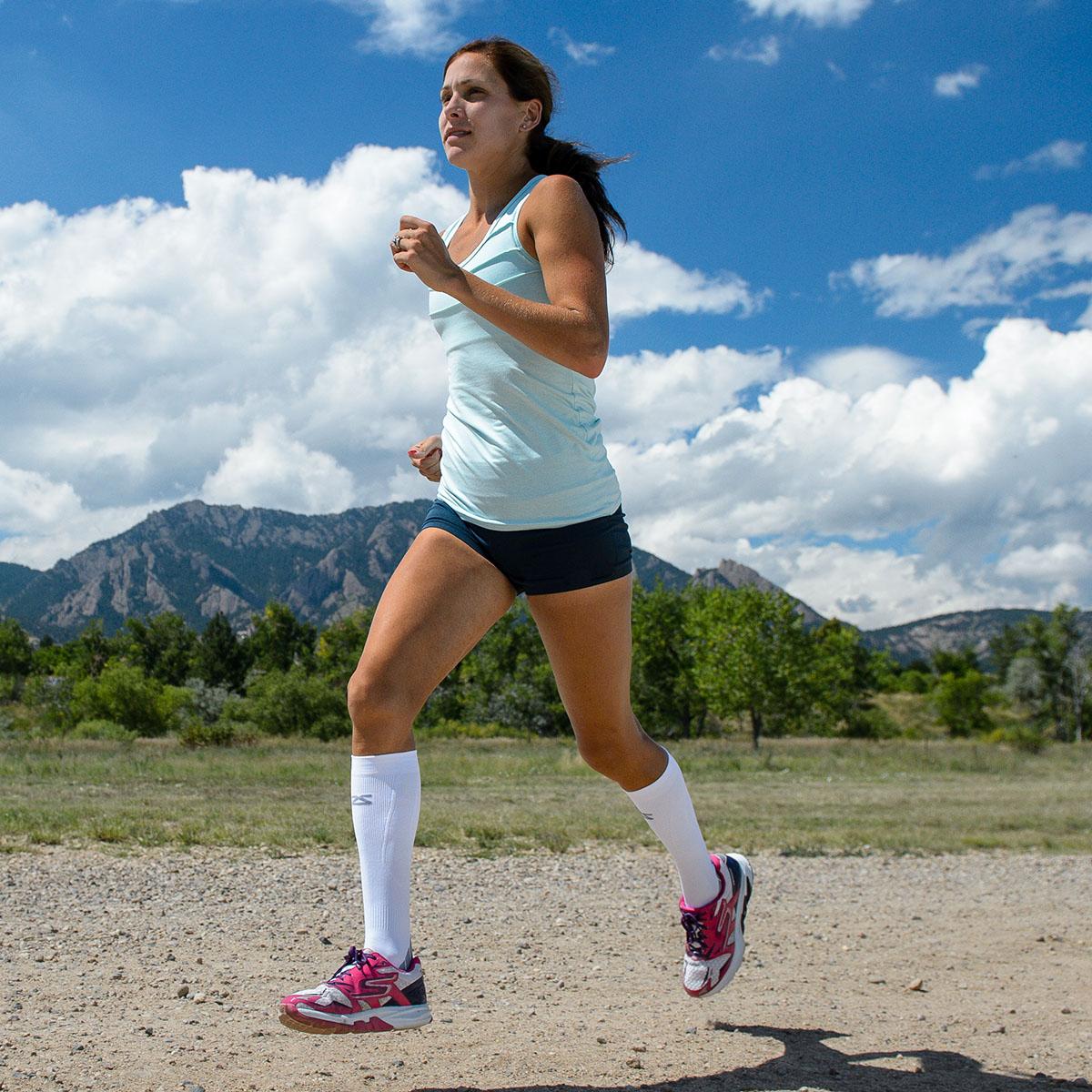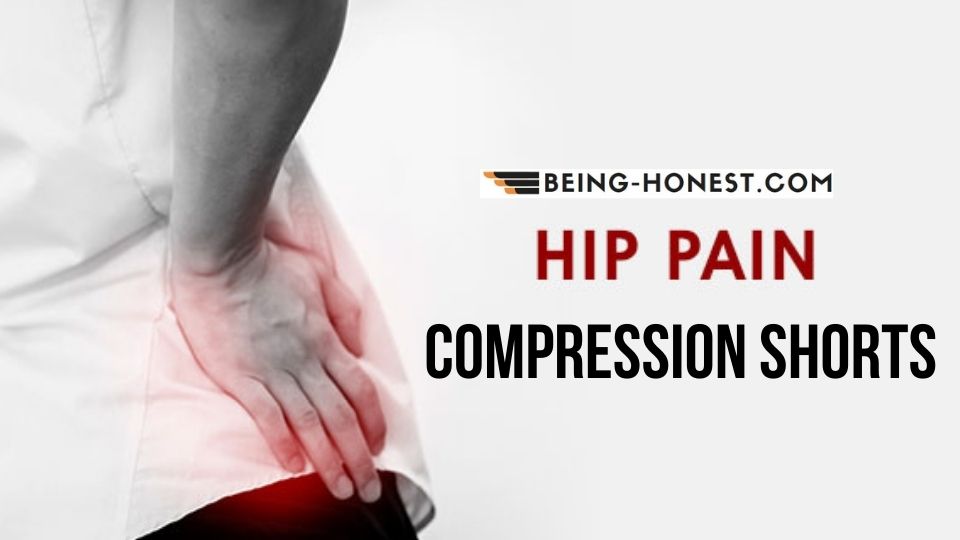

After a match, wearing compression socks can help to reduce muscle soreness and stiffness, allowing you to get back on the court sooner.Ĭompression socks are a simple and effective way for tennis players to speed up their recovery after a match and prevent injury. They also help to provide support and stability to the ankle and foot, reducing the risk of injury during quick lateral movements on the court. This increased blood flow also brings more oxygen and nutrients to your muscles, which can speed up the recovery process.

This is where compression socks come in.Ĭompression socks work by applying pressure to the muscles in your legs, which helps to improve blood flow and reduce swelling. During a match, your legs are under constant stress, which can cause swelling, inflammation, and fatigue. Recovery Benefits of Compression SocksĬompression socks are a great tool for tennis players when it comes to recovery after a match. Sport compression socks are your ideal fitness companion no matter how advanced you are in the fitness world to keep you supported and comfortable whilst pushing yourselves to the limit. Graduated compression socks provide a range of health benefits, including improved circulation, reduced swelling and inflammation, helping to increase endurance and performance whilst improving recovery time post exercise.Ĭompression socks work by applying gentle pressure to the legs, which helps to promote blood flow, circulating oxygen to the muscles around the body. Focused Clinical Question: What is the effectiveness of using graduated compression socks for improving athletic performance and decreasing recovery time in healthy endurance athletes?Īthlete cyclist runner stocking triathlete.Compression socks are becoming increasingly popular among individuals of all ages and lifestyles, and they are starting to make their way into tennis too. She wants your opinion on the effectiveness of using compression socks to help her performance and recovery. She occasionally complains of tightness in the calves both during and after running. The scenario is a 28-y-old recreational triathlete seeking your advice while training for her first half-Ironman. The use of compression socks during training aims to help the skeletal-muscle pump, increase deep venous velocity, and/or decrease blood pooling in the calf veins and alleviate delayed-onset muscle soreness. Originally developed for the treatment of deep-vein thrombosis, compression socks are now marketed as a tool to improve venous return, thus believed to improve both performance and recovery in athletes. Companies are increasingly marketing compression stockings to runners, triathletes, and other endurance athletes for the benefits of improved performance and/or decreased recovery time.

Clinical Scenario: The popularity of compression socks has increased substantially among athletes, particularly those participating in endurance events such as running and triathlon.


 0 kommentar(er)
0 kommentar(er)
